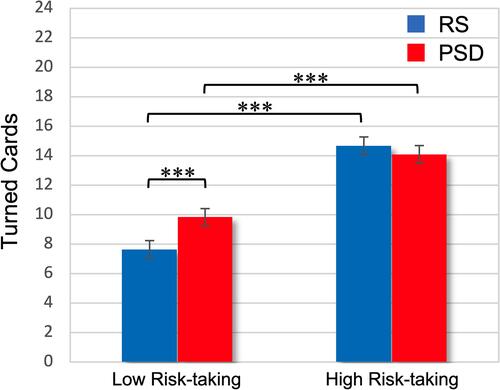Figures & data
Figure 1 Experimental protocol of Experiment 1.
Notes: Schematic representation of the experimental protocol of Experiment 1 that included regular sleep and total sleep deprivation conditions, presented in counterbalanced order and separated by one week. The Testing phase was scheduled the morning following the night of both conditions.
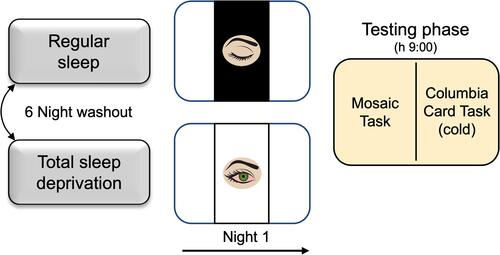
Figure 2 Experimental protocol of Experiment 2.
Notes: Schematic representation of the experimental protocol of Experiment 2, consisting of regular sleep and partial sleep deprivation condition, presented in counterbalanced order and separated by two washout nights. The Testing phase was scheduled the morning following the fifth night of each condition.

Table 1 Actigraphic and Subjective Sleep Parameters of Experiment 1
Figure 3 Reflection impulsivity × Sleep condition interaction on Mosaic Task performance in Experiment 1.
Notes: Mean (and standard error) of the trial-by-trial Draw To Decide mean scores in the two conditions (regular sleep, total sleep deprivation) for the High Reflection impulsivity and Low Reflection impulsivity subgroups. **p<0.01; ***p<0.001.
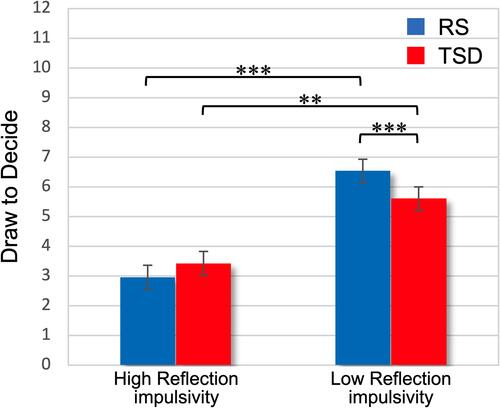
Table 2 Main Effects and Interactions of Sleep Condition and Task Design Factors for Turned Cards variable (Experiment 1)
Table 3 Main Effects and Interactions of Sleep Condition and Task Design Factors for Turned Cards variable, with the Inclusion of the Risk-Taking Factor (Experiment 1)
Figure 4 Risk-taking × Sleep condition interaction on Columbia Card Task (cold) performance in Experiment 1.
Notes: Mean (and standard error) of the trial-by-trial Turned Cards mean scores in the two conditions (regular sleep, total sleep deprivation) for the Low Risk-taking and High Risk-taking subgroups. *p<0.05; ***p<0.001.
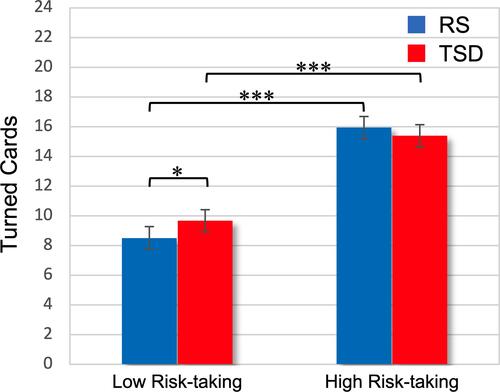
Table 4 Actigraphic and Subjective Sleep Parameters of Experiment 2
Figure 5 Reflection impulsivity × Sleep condition interaction on Mosaic Task performance in Experiment 2.
Notes: Mean (and standard error) of the trial-by-trial Draw To Decide mean scores in the two conditions (regular sleep, partial sleep deprivation) for the High Reflection impulsivity and Low Reflection impulsivity subgroups. ***p<0.001.
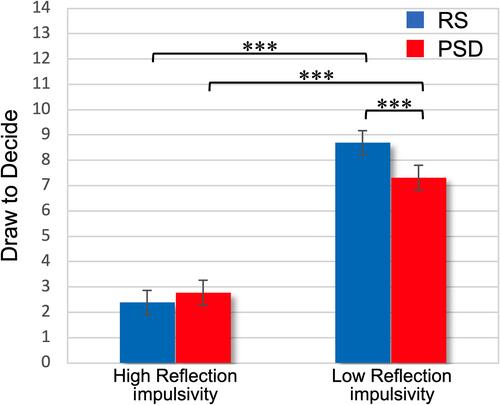
Table 5 Main Effects and Interactions of Sleep Condition and Task Design Factors for Turned Cards variable (Experiment 2)
Table 6 Main Effects and Interactions of Sleep Condition and Task Design Factors for Turned Cards variable, with the Inclusion of the Risk-Taking Factor (Experiment 2)
Figure 6 Risk-taking × Sleep condition interaction on Columbia Card Task (cold) performance in Experiment 2.
Notes: Mean (and standard error) of the trial-by-trial Turned Cards mean scores in the two conditions (regular sleep, partial sleep deprivation) for the Low Risk-taking and High Risk-taking subgroups. ***p<0.001.
